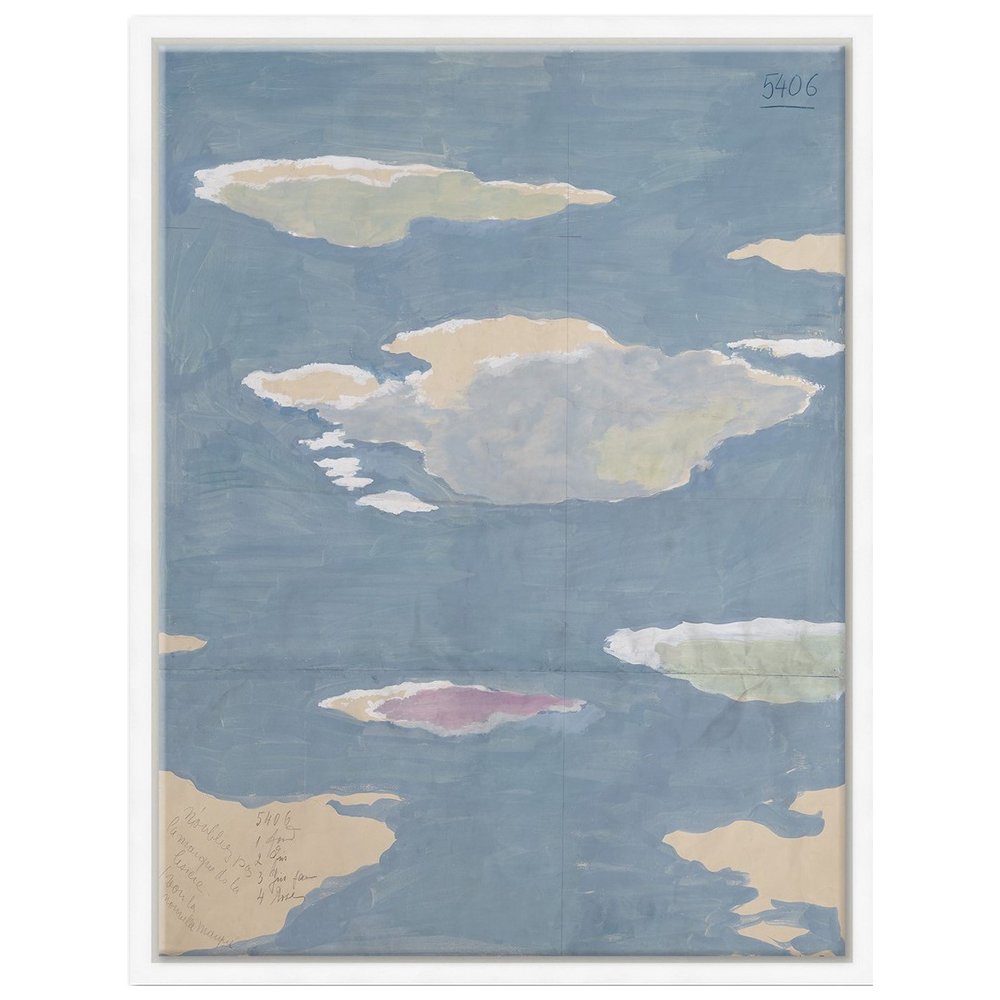 Image 1 of 1
Image 1 of 1


Tiger Tapestry Art
42” W x 42” H
Giclée print on raw canvas with frayed edges, mounted on mat. Inspired by rank badges from the Qing dynasty in China, that were made from silk and metallic thread in the 18th century. Government officials in the Ming and Qing dynasties wore square badges on their robes. Civil officials had birds embroidered, while military officers had animals representing their rank. The tiger symbolized authority and bravery, appearing on the badge of a senior commander (Rank 3) in the Ming and a regimental vice commander (Rank 4) in the Qing.
42” W x 42” H
Giclée print on raw canvas with frayed edges, mounted on mat. Inspired by rank badges from the Qing dynasty in China, that were made from silk and metallic thread in the 18th century. Government officials in the Ming and Qing dynasties wore square badges on their robes. Civil officials had birds embroidered, while military officers had animals representing their rank. The tiger symbolized authority and bravery, appearing on the badge of a senior commander (Rank 3) in the Ming and a regimental vice commander (Rank 4) in the Qing.






